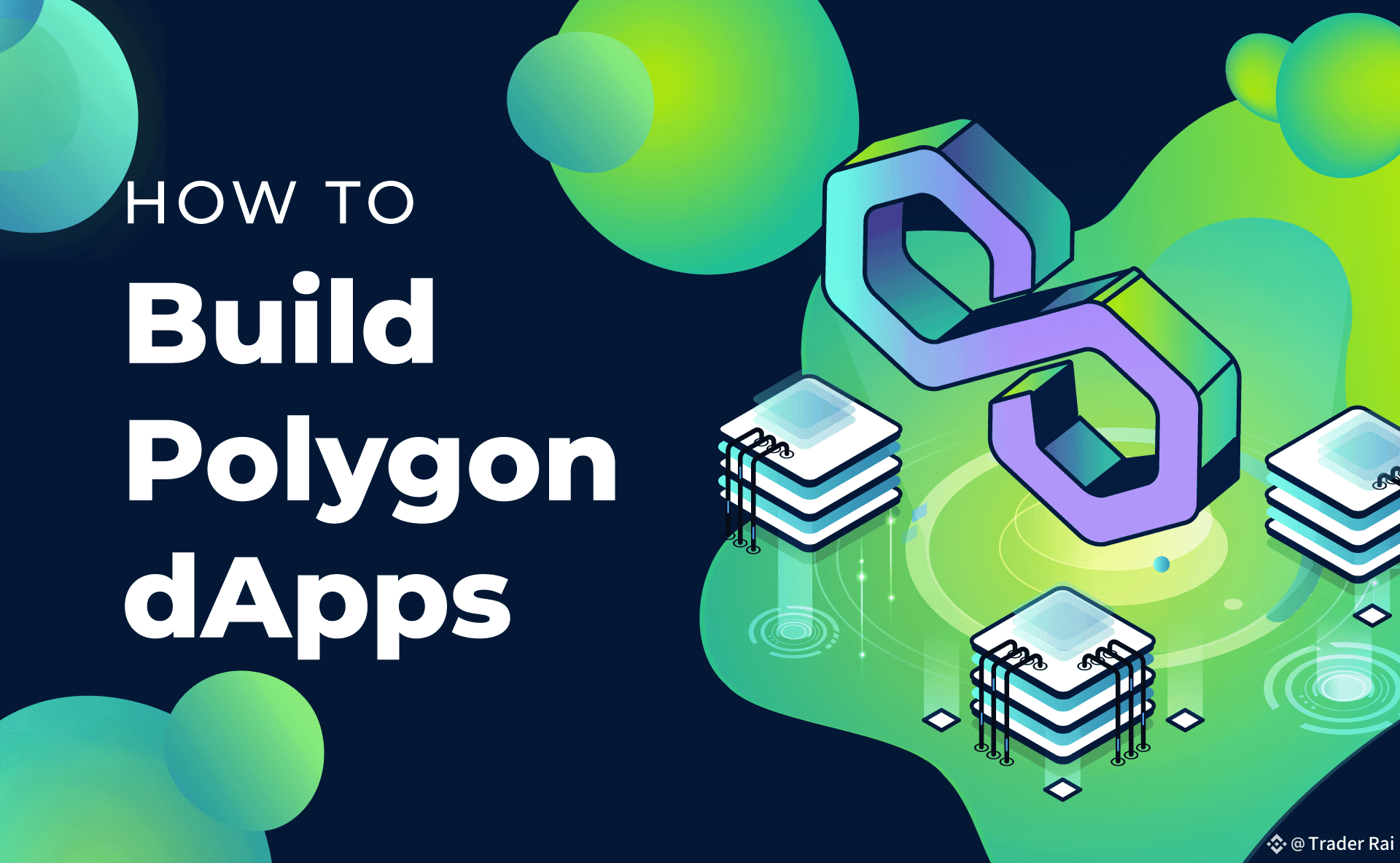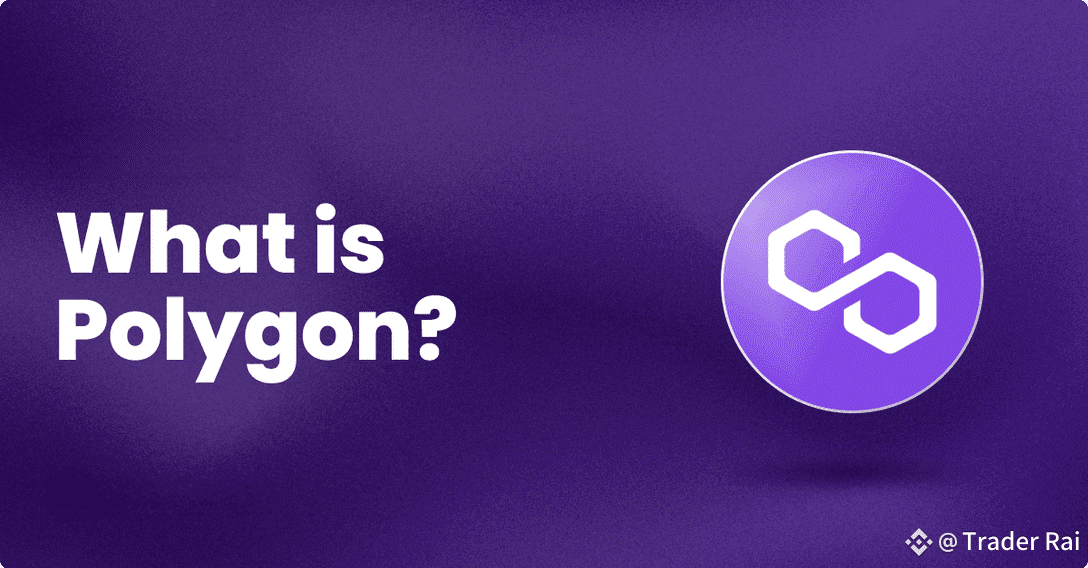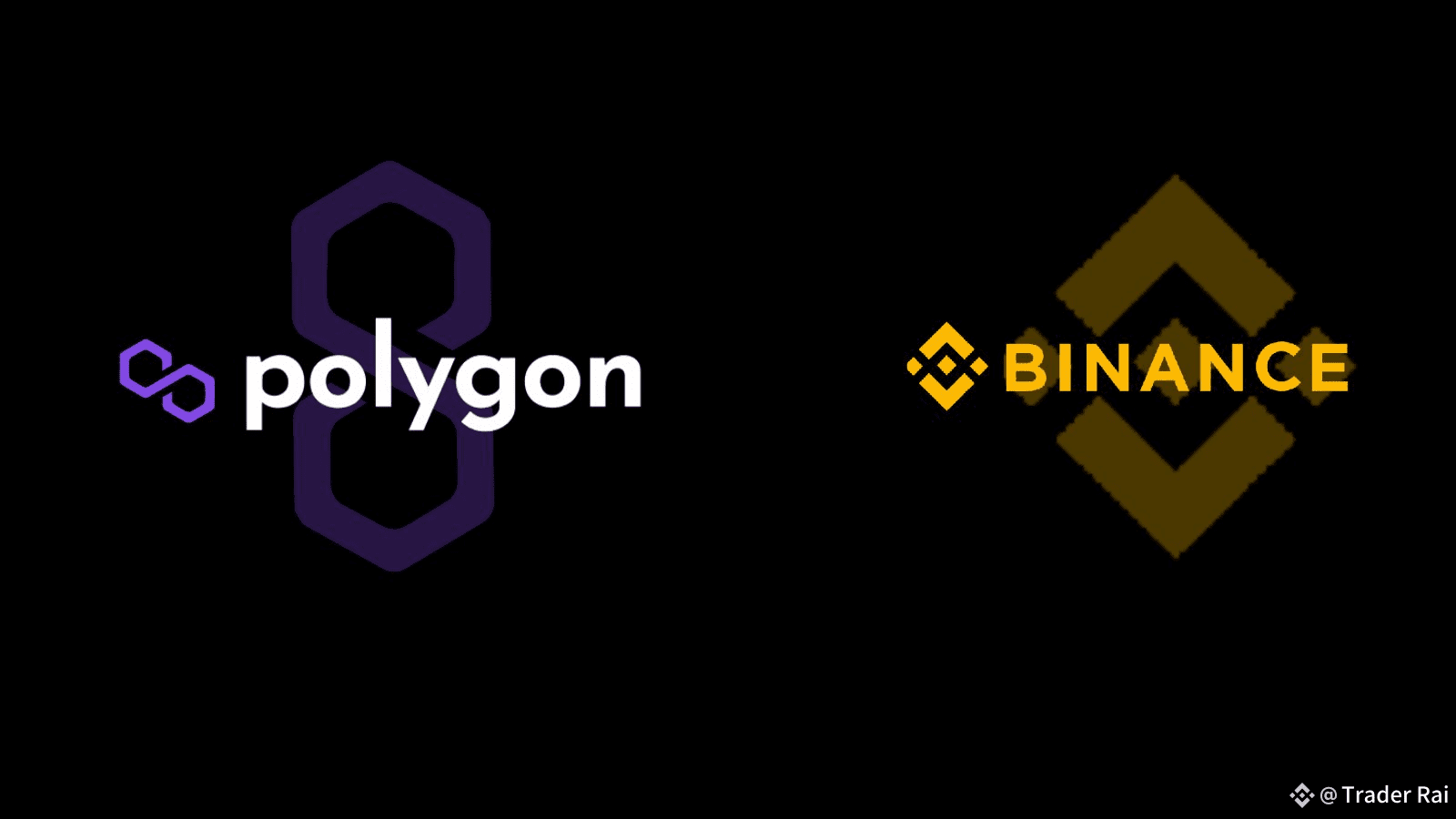Polygon has already established itself as Ethereum’s most powerful scaling solution, but the arrival of POL marks a bold evolution—transforming Polygon from a Layer-2 helper into the core infrastructure of Web3. This upgrade isn’t just a rebrand from MATIC to POL; it’s a complete redesign of how scalability, governance, and liquidity work in the decentralized economy.

At the heart of this transformation lies AggLayer, Polygon’s revolutionary innovation that unifies liquidity and state across multiple chains. Instead of fragmentation—where assets and users get trapped in isolated ecosystems—AggLayer creates a single, aggregated network. Developers can build once and deploy everywhere, while users experience frictionless movement across DeFi, NFTs, gaming, and enterprise chains. This changes the game for scalability and adoption, eliminating one of blockchain’s biggest hurdles.
But POL isn’t just a transactional fuel—it is the governance and economic engine of the Polygon ecosystem. Holders participate in securing the network, shaping upgrades, and earning enhanced staking rewards. With deflationary tokenomics introduced through burns,POL has a built-in scarcity mechanism that strengthens long-term value. Its integration with Polygon’s zkEVM ensures sub-second finality and transaction fees that remain under $0.01—making it one of the most accessible blockchain environments in existence.

The proof of Polygon’s strength is already here. With 7,000+ decentralized applications live, billions in total value locked (TVL), and global partnerships with brands like Google Cloud, Reddit, Adidas, and Nike’s RTFKT, Polygon isn’t just theorizing about adoption—it’s delivering it. Leading DeFi protocols like Aave and QuickSwap thrive here, while gaming worlds like Decentraland and countless NFT marketplaces push creativity at scale.
For investors, POL provides a compelling blend of profitability and security. Stakers earn competitive yields, developers gain a low-cost playground, and institutions see compliance-ready infrastructure. Add the Chain Development Kit (CDK)—allowing anyone to launch custom zk-powered chains—and Polygon becomes not just a network, but a foundation for the future of the decentralized internet.

Polygon is not following trends—it’s setting them. With POL as its beating heart, Polygon is positioning itself as the value layer of the internet, where liquidity, identity, and ownership flow seamlessly across ecosystems. Whether you’re a trader bridging assets, a gamer minting collectibles, or an enterprise exploring Web3, the future is aggregated, scalable, and unstoppable.
And it all begins with

